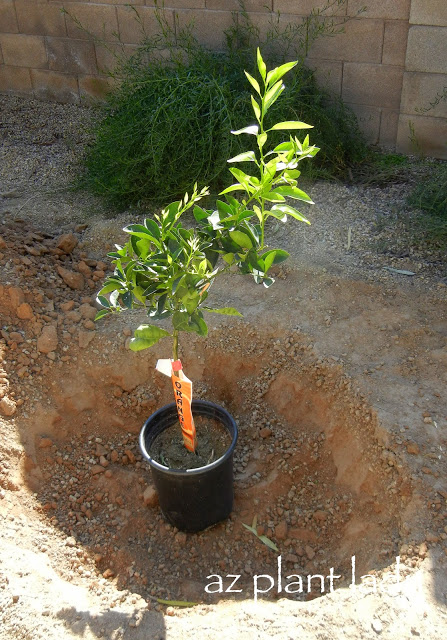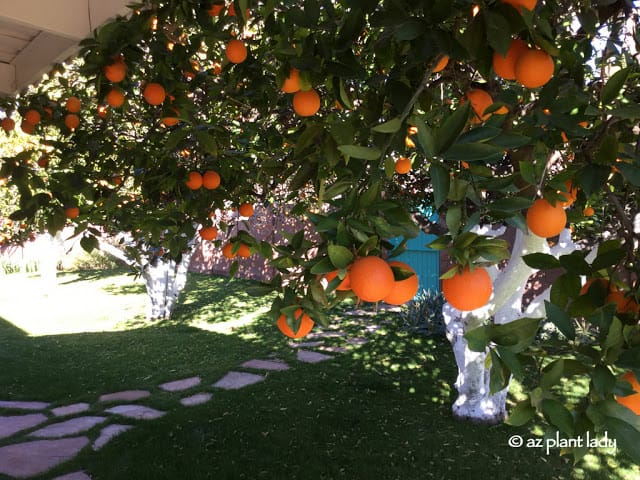Well, I wish I could say that the new addition is my completed vegetable garden….but although we have made some progress, it is till not finished.
But, we did add something new to our back garden.

Citrus Tree
This is our new, small orange tree.
(Click here to go to my sponsored blog list for some great discounts on gardening supplies)
To be honest, I’m not sure why it took us so long to plant a citrus tree. In our first home in Phoenix, we had three beautiful citrus trees that we enjoyed.
What really caused to finally plant one in our back garden is the fact that our three youngest kids love to pick the oranges from the tree at their grandparent’s house.
However, since my father-in-law’s death, my mother-in-law will eventually be moving and there will be no oranges for them to pick.
When we told the kids that we were planting one of our own, they were so excited!

They were so anxious to help.
We dug our hole nice and wide so that the roots could grow outward easily. The depth of the hole was the same depth as the rootball.
We chose a young tree because they transplant much easier, not to mention having to get it out of the container. Plants experience ‘transplant shock’ when planted in a new area.
The variety that we selected is ‘Arizona Sweet’. It does very well in our area and are suitable for juicing and peeling.
We didn’t apply any fertilizer because it would stimulate top growth before there is a large enough root system to support it. Wait a year before fertilizing. Then you will fertilize three times a year in February, May and September. An easier way to remember it is to fertilize around Valentine’s Day, Memorial Day and Labor Day.
I told the kids that we would probably have to wait 2 – 3 years before we see any fruit.
**I can just picture my own grandkids picking oranges someday from our tree.









